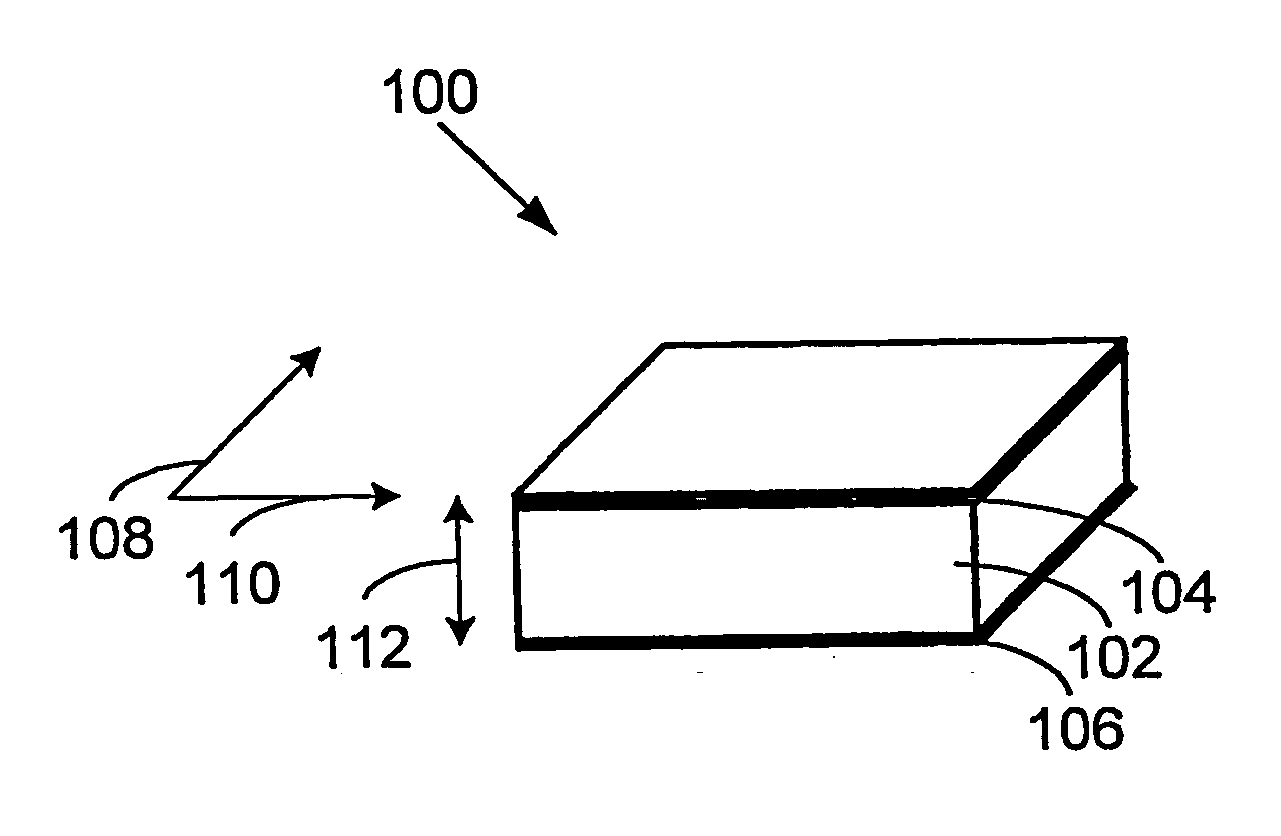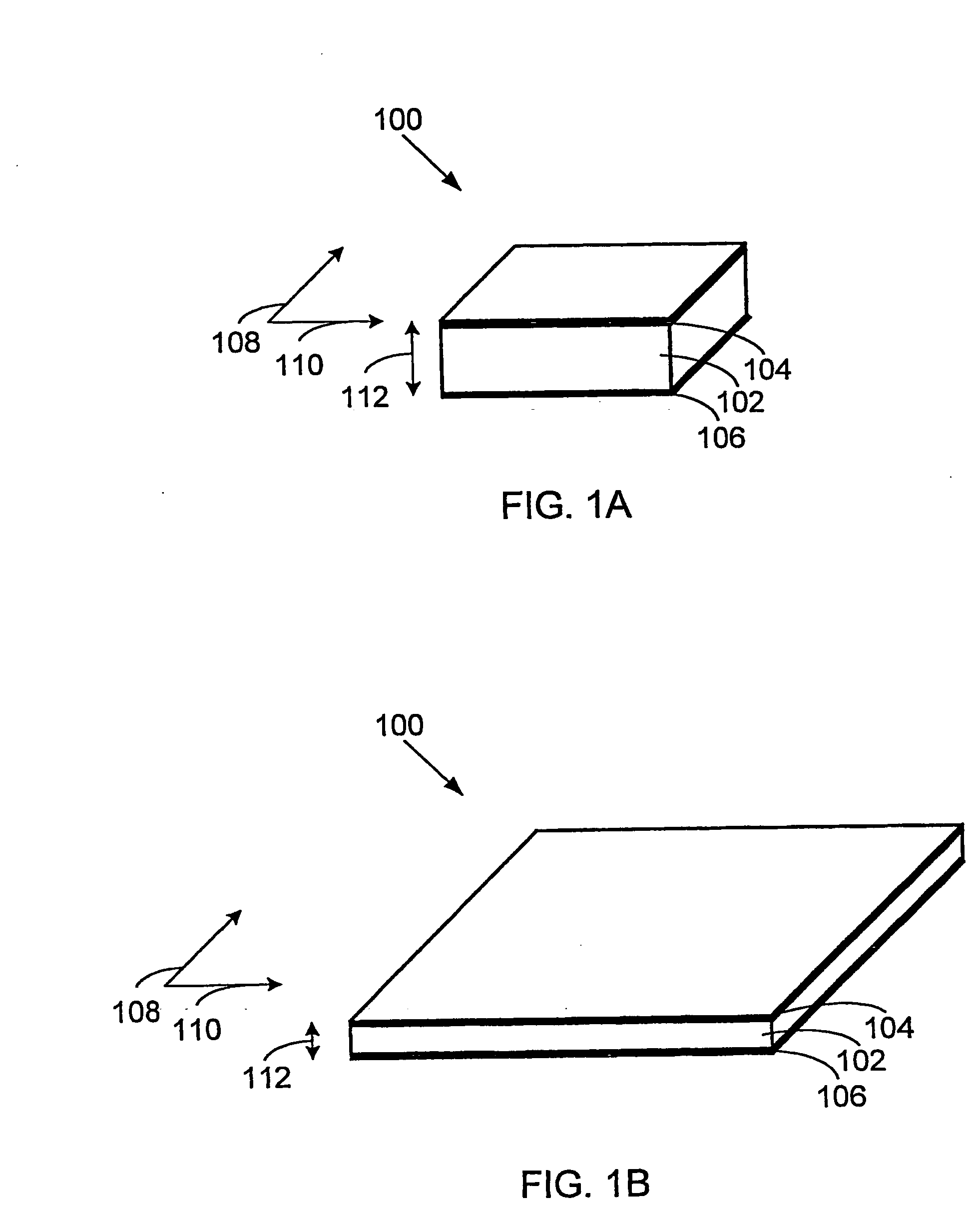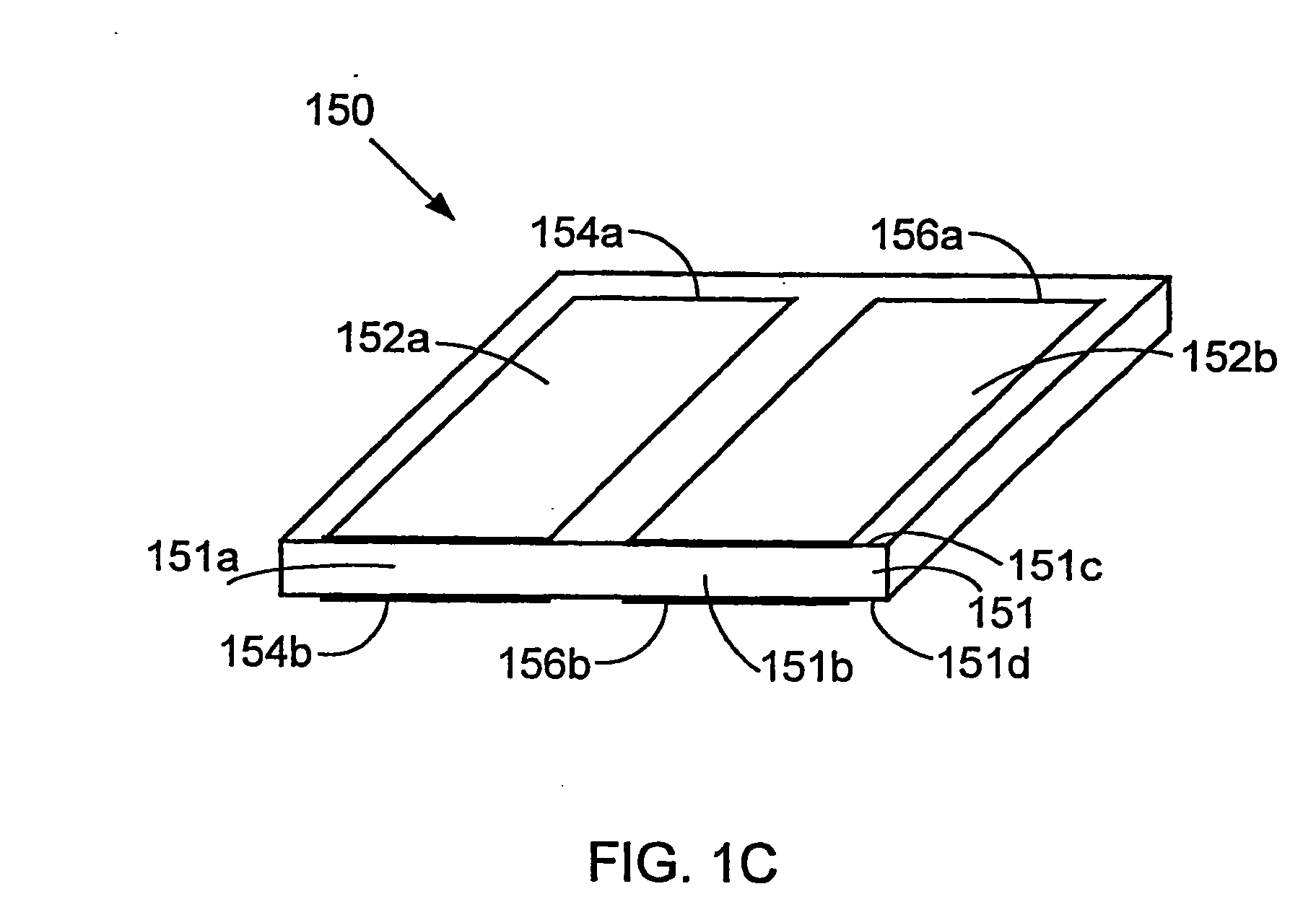Electroactive polymer motors
a technology of electroactive polymer and motor, applied in the field of motors, can solve the problems of affecting the torsional stiffness of the device, affecting the dc motor, and requiring a decrease in the velocity of the increase torque, so as to achieve the effect of improving the device's torsional stiffness
- Summary
- Abstract
- Description
- Claims
- Application Information
AI Technical Summary
Benefits of technology
Problems solved by technology
Method used
Image
Examples
Embodiment Construction
[0035] The present invention will now be described in detail with reference to a few preferred embodiments thereof as illustrated in the accompanying drawings. In the following description, numerous specific details are set forth in order to provide a thorough understanding of the present invention. It will be apparent, however, to one skilled in the art, that the present invention may be practiced without some or all of these specific details. In other instances, well known process steps and / or structures have not been described in detail in order to not unnecessarily obscure the present invention.
1. OVERVIEW
[0036] In one aspect, the present invention relates to continuous output systems that include one or more electroactive polymer transducers. When actuated, a transducer of the present invention produces deflection in one or more directions. Repeated actuation of the transducer may produce reciprocating motion. Reciprocating motion of a transducer may be converted to continuou...
PUM
 Login to View More
Login to View More Abstract
Description
Claims
Application Information
 Login to View More
Login to View More - R&D
- Intellectual Property
- Life Sciences
- Materials
- Tech Scout
- Unparalleled Data Quality
- Higher Quality Content
- 60% Fewer Hallucinations
Browse by: Latest US Patents, China's latest patents, Technical Efficacy Thesaurus, Application Domain, Technology Topic, Popular Technical Reports.
© 2025 PatSnap. All rights reserved.Legal|Privacy policy|Modern Slavery Act Transparency Statement|Sitemap|About US| Contact US: help@patsnap.com



